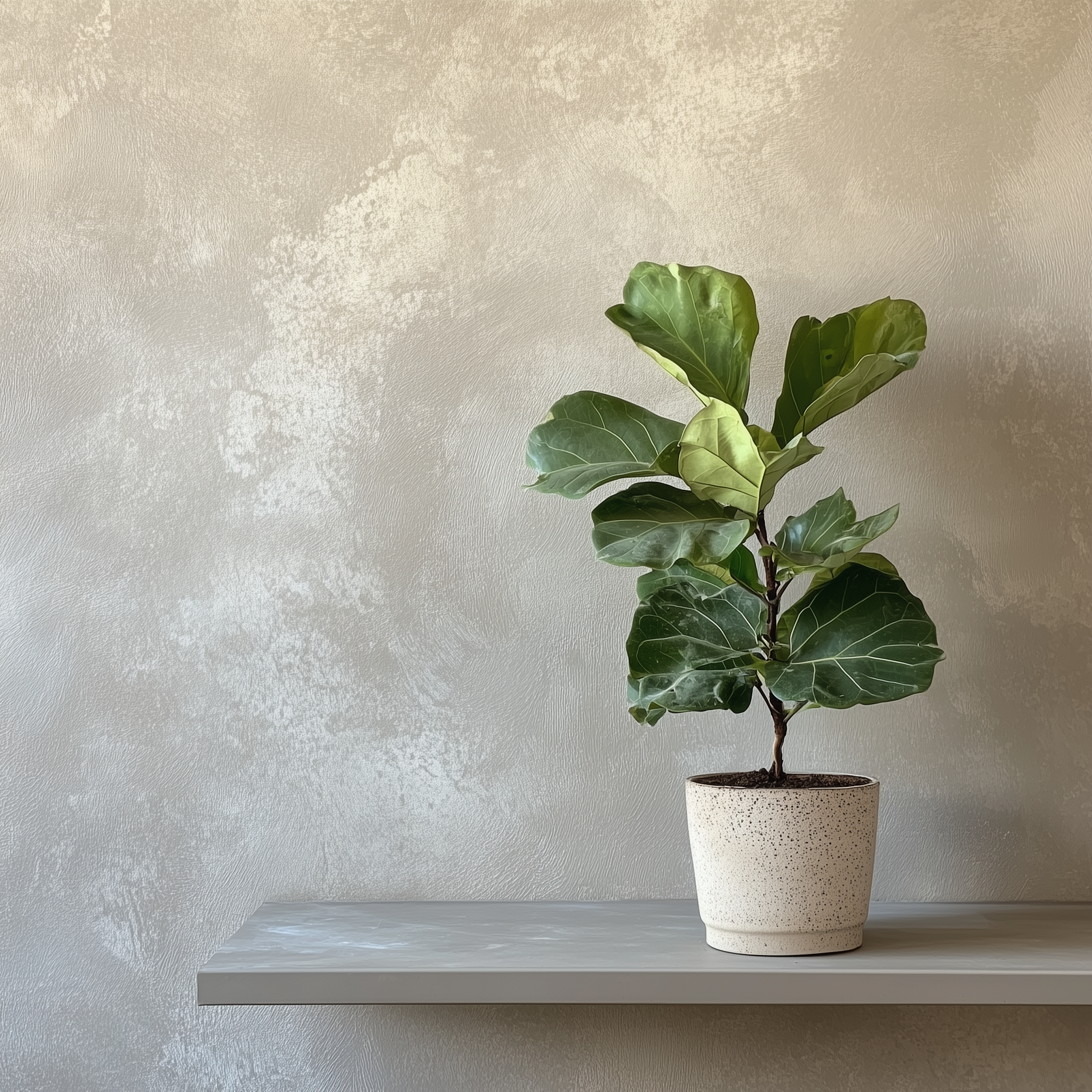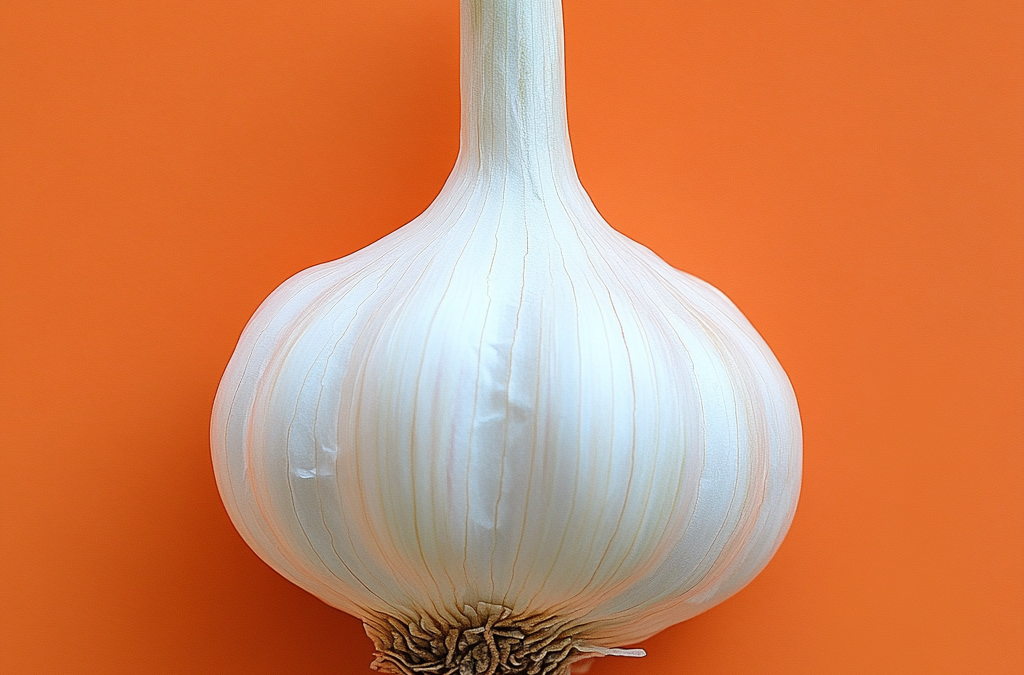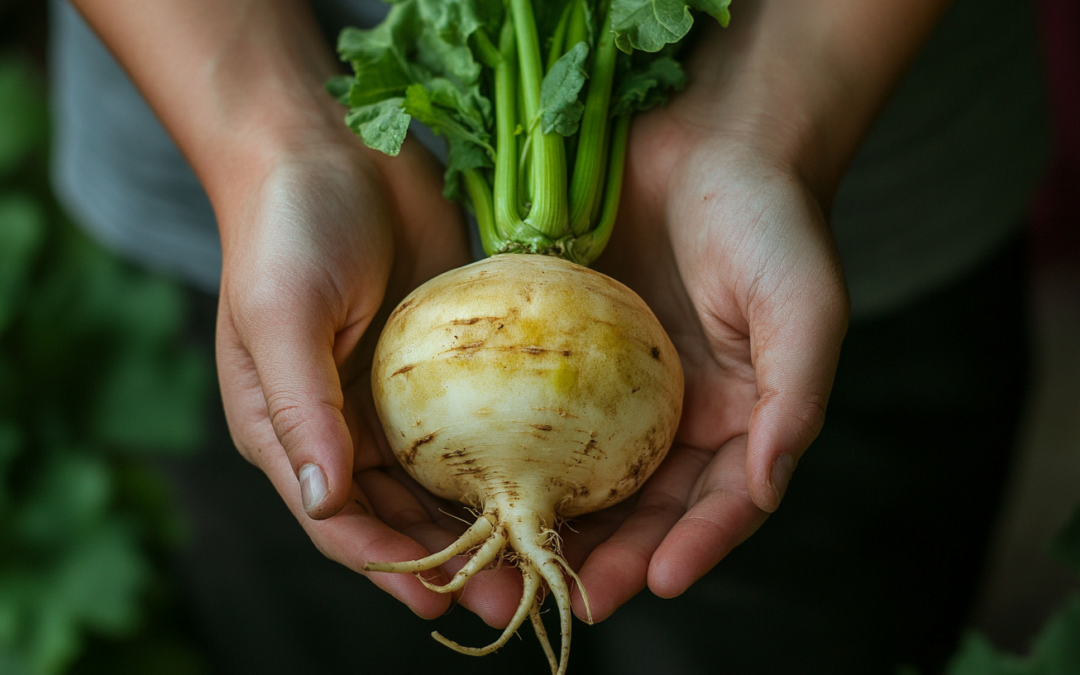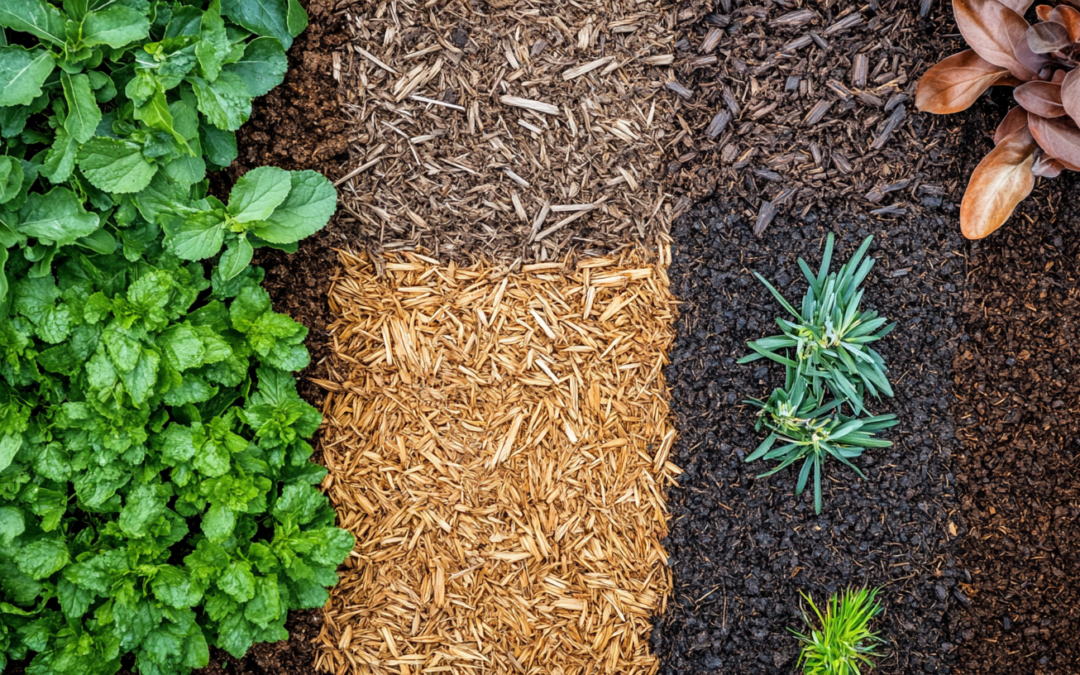The Fiddle Leaf Fig (Ficus lyrata) has become one of the most popular indoor plants, known for its large, glossy leaves and dramatic presence. If you’ve been thinking about adding one to your home or are already caring for one, this ultimate guide will help you keep your Fiddle Leaf Fig healthy, happy, and thriving!
1. Choosing the Right Spot
Fiddle Leaf Figs love bright, indirect light. Place your plant near a window where it will receive plenty of natural light but not direct sunlight, as this can scorch its leaves. A spot with a bit of morning sun is ideal, but avoid placing it in a location with low light, as it can lead to leggy growth and yellowing leaves.
2. Watering: Less is More
One of the most common mistakes with Fiddle Leaf Figs is overwatering. These plants prefer to dry out a bit between waterings. Check the soil by sticking your finger about an inch deep – if it feels dry, it’s time to water. When you do water, make sure the pot has good drainage to prevent root rot. Always empty any excess water from the saucer after watering.
3. Humidity and Temperature
Fiddle Leaf Figs thrive in humidity, so if you live in a dry climate or during the winter months, consider placing a humidifier nearby or occasionally misting the leaves with water. They also prefer temperatures between 60-75°F (15-24°C), so avoid placing them near cold drafts or heating vents.
4. Repotting
As your Fiddle Leaf Fig grows, it may need to be repotted into a larger container every 1-2 years. Choose a pot that’s 1-2 inches larger in diameter than the current one. Repotting in the spring or early summer is ideal when the plant is actively growing. Be sure to use well-draining soil to keep the roots healthy.
5. Pruning and Cleaning
Fiddle Leaf Figs can grow quite tall, so regular pruning is essential to maintain their shape and size. Trim any dead or damaged leaves, and if you want to encourage branching, cut back the top growth. Additionally, gently wipe the leaves with a damp cloth to remove dust and keep them looking shiny and healthy.
6. Troubleshooting Common Issues
- Yellowing Leaves: This can be caused by overwatering, underwatering, or insufficient light. Make sure you’re following the proper watering routine and that your plant is getting enough light.
- Brown Spots or Edges: Brown spots or crispy edges are usually a sign of inconsistent watering or low humidity. Ensure your plant is getting the right moisture levels and humidity.
- Leaf Drop: If your Fiddle Leaf Fig starts shedding leaves, it may be adjusting to a new environment or experiencing stress from changes in light, temperature, or watering.
7. Propagation Tips
If you’d like to propagate your Fiddle Leaf Fig, you can take a cutting from the top of the plant. Make sure to use a sharp, clean knife to cut a healthy stem with at least one leaf. Place the cutting in water or directly in soil, and be patient – it can take several weeks to root.
Fiddle Leaf Figs are beautiful, bold plants that can make a statement in any room. With the right care and attention, you’ll be rewarded with a stunning indoor tree that adds greenery and elegance to your home. Whether you’re a plant parent newbie or a seasoned green thumb, following these care tips will ensure your Fiddle Leaf Fig thrives for years to come! 🌿



